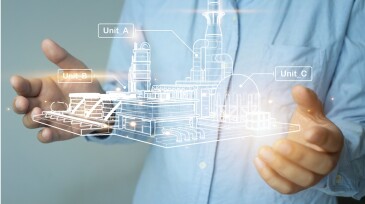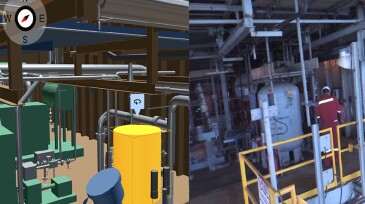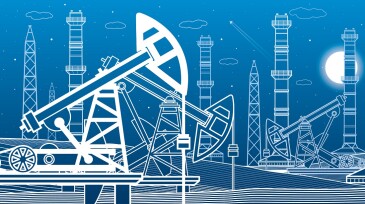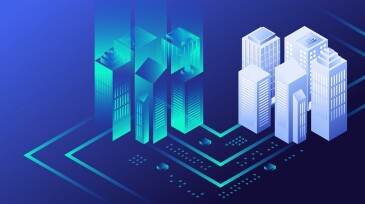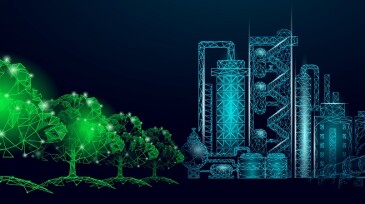digital twins
-
Both new and old vessels are benefiting from automation processes that can improve operational efficiency, predict downtime, and debottleneck workflows using a flurry of crucial data points.
-
A report from GlobalData shows how digital twins—digital representations of physical assets, systems, people, or processes—are increasingly helping oil and gas companies throughout the life cycle of their operations.
-
This paper described the use of digital twin technology to identify design modifications required at an onshore site and visualize proposed offshore assets for a Trinidad and Tobago development.
-
Oil and gas is one of the most hazardous industries to work in. It is also an industry undergoing a revolutionary digital transformation. With changes come challenges and new opportunities. This paper looks at the top digital safety trends that are taking place within the industry.
-
US federal agencies should develop new crosscutting programs to advance the mathematical, statistical, and computational foundations underlying digital twin technologies, says a new report from the National Academies of Sciences, Engineering, and Medicine.
-
The digital twin aims to allow Petrobras to optimize system settings to maximize production, increase recovery, and reduce risk.
-
For today’s oil and gas companies, digital twins offer untapped potential to decarbonize the leading source of their emissions—field production.
-
The US has had a lackluster response to the emergence of the technology, currently lacking any comprehensive roadmap for adoption, which translates into a low adoption rate.
-
Case studies provide evidence of achievements in corporate sustainability while pursuing the adopted United Nations Sustainable Development Goals, thus highlighting the possibilities made available by digital twin technology.
-
When it comes to new projects, the technology helps companies try virtually before they buy in to the venture or commission the undertaking, as well as address any design changes or flaws.


